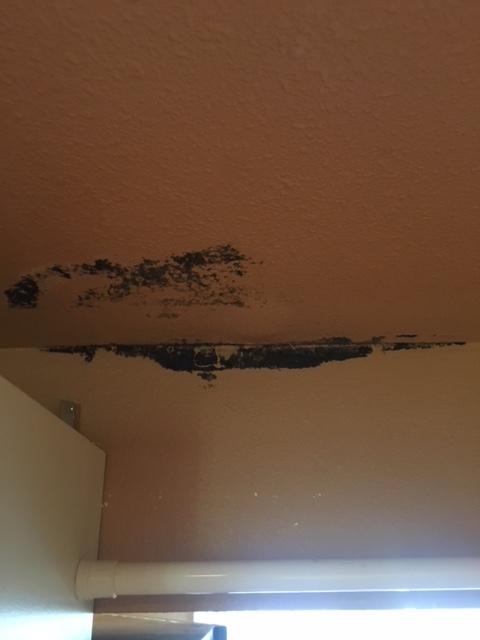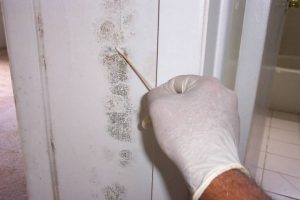Seattle, and the PNW are their own little Mold Farms. You can’t go anywhere without some sort of moisture build up or something decomposing in this climate. In this environment, property owner and tenants must work together to combat mold in a rental and prevent the potential harmful health effects.
Property Owners
Know the Law
The first, most important thing as a property owner/landlord is to make sure your tenants have the appropriate handout that’s required by WA State Law (RCW 59.18.060 – 13). This handout is not only required, but also a great resource for how to prevent and treat mold issues. Get it here.
Identify
Next, identify high-risk areas in your rental property. Think about the seen and unseen parts of your property that could grow mold:
- Windows (especially aluminum framed windows)
- Showers/tubs/sinks
- Under the kitchen sink
- Appliance leaks, especially those that are hard to move like the refrigerator
- Rooms with poor ventilation – especially ones with no fans or opening windows where wet things might be stored.
- Roof leaks and foundation cracks
- Crawl spaces that aren’t properly secured from moisture
Action Plan
After you’ve identified the areas of the rental home that need extra attention, put a plan in place for you and your tenants to prevent and treat those areas. It’s important to set expectations about what is an owner’s responsibility and what the tenant oversees. Each room/area will have it’s own plan, but some things to think about are:
- De-humidifiers
- Keeping cleaning supplies readily available
- Keeping fans running and windows open when practical
- Heat should be set to 65 degrees or higher in the unit at all times (or some other reasonable temperature that works for the property)
Tenants
You will likely do a walk-through with the landlord when you move in and sometimes mold isn’t obvious. Sometimes it takes a while to notice that there’s a build up in the windows or in the shower. Regardless of where the mold is, it’s important to know what you are responsible for and what the landlord has to help you with, according to the law.
Know the Law & Action Plan
So first thing’s first, read that mold pamphlet the landlord provided you.
At the walk through, make sure to talk with the landlord about high-risk areas for mold and ask what they would prefer you to do when you notice it. If they have a specific cleaning regimen, follow that. They likely created it to reduce damage to the surfaces, be cognizant that bleach isn’t always the answer.
Do your Research
When you notice something is wrong, do a little research to determine if it is mold, or just mildew. Additionally, what kind of mold or mildew, so you can best work with your landlord to clear it out. Eventually, you will notice the pattern of where the mold grows, and what the owner wants to do with it. But when in doubt, too much communication is always the best route.
Watch out for Health Issues
If you’re not seeing any spores or discolorations, but you’ve noticed a decline in your health, be sure to talk to the landlord about that as well. There might be some hidden mold that you can’t see. Remember though, if you didn’t see it, your landlord likely didn’t either.
Health issues to be aware of:
- Eye, nose or throat irritation
- Difficulty breathing and shortness of breath
- Coughing and wheezing
- Headaches
- Dizziness and nausea
- Fatigue
- Worsening of allergies and asthma
Remember that not everyone will be equally affected by mold and that children and the elderly are much more sensitive. Take notice of these changes and work with your doctor and landlords to come to a solution.
Everyone
Some tips for removing mold:
- Bleach is best for non-porous materials like tiles and bathtubs or sinks but should not be used on wood or painted areas.
- Hydrogen Peroxide works well on cloth materials like cloths, floors and fixtures. Spot Test Before Using.
- Baking Soda Solutions works best when paired with White Vinegar, but the best part of baking soda is that it doesn’t leave an odor behind, whereas vinegar does. Baking Soda is also a great preventative tool since it absorbs moisture.
- For More Information: Go Here

 Facebook
Facebook
 X
X
 Pinterest
Pinterest
 Copy Link
Copy Link

